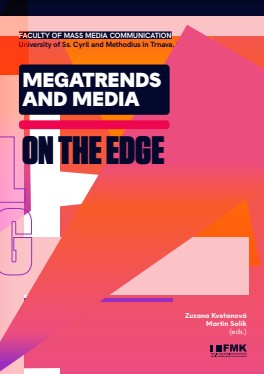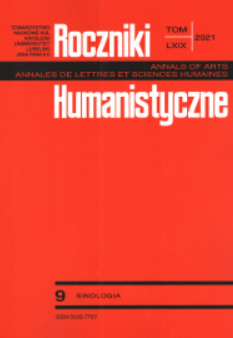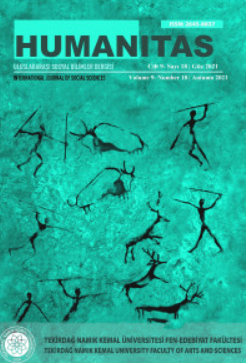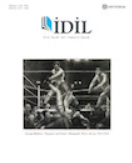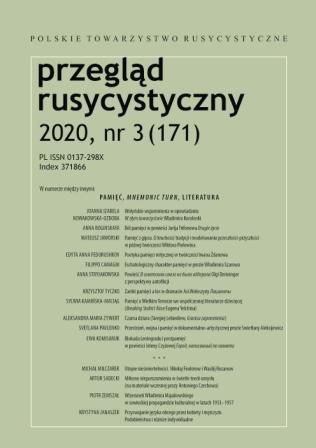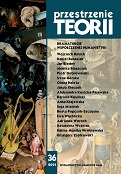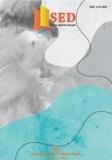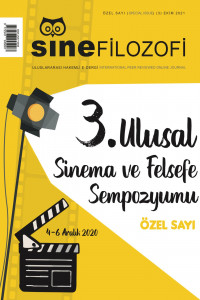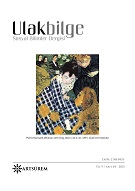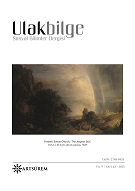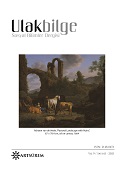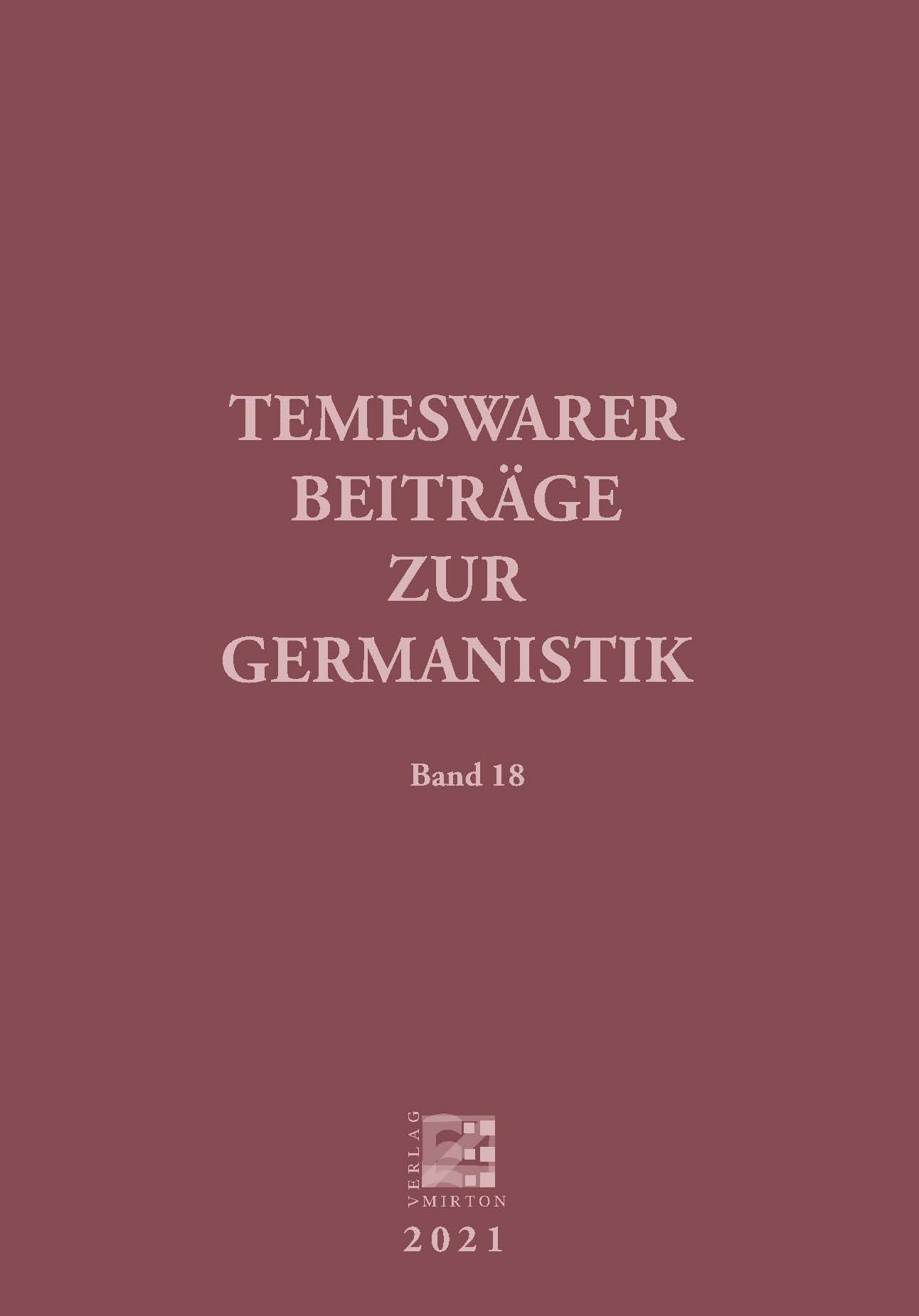
Lessing und die Architektur
Lessing's interest in the fine arts is well known, and the boundaries between poetry and painting have been discussed by him in detail. Lessing's comments on the architecture of his time have hardly come into focus. It seems as if the poet were hardly interested in buildings and did not take note of the aspirations of the 18th century. Lessing dealt with architecture on different occasions. The stage directions in his dramas show that Lessing was familiar with and referred to the building conventions of the time and the realities of the theatrical stage. In matters of aesthetics, he received inspiration from the writings of Moses Mendelssohn on architecture and its position in the system of the arts. His view of the buildings he perceived on his Italian journey is influenced by this. In contrast, his assessment of the rediscovered architecture of the Middle Ages is critical. A reflex of his preoccupation with architecture is Lessing's parable about the 'palace', which arrives at astonishing architectural claims.
More...
